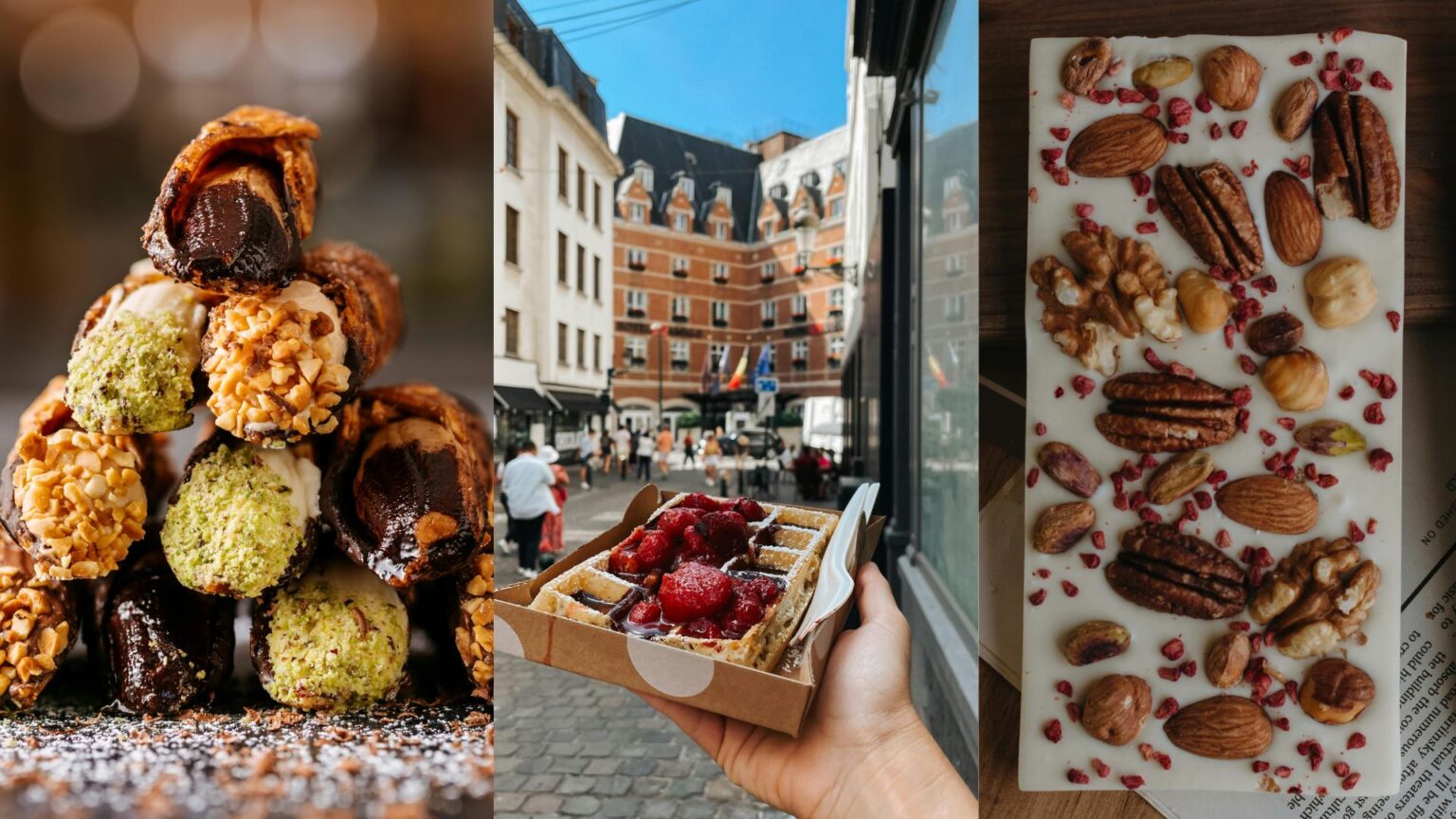If you’ve ever bitten into a chocolate bar abroad and thought, “Why does this taste so much better (or just different)?” you’re not just imagining things. European chocolate, especially from countries like Belgium, Switzerland, and France, often tastes noticeably different from what you’ll find in the U.S., even when it’s the same brands we’re familiar with. That’s not just because of travel magic. It comes down to differences in ingredients, regulations, and even cultural preferences.
Different Standards, Different Flavors
In Europe, chocolate typically contains a higher percentage of cocoa solids and cocoa butter. European Union regulations require milk chocolate to have at least 30% cocoa solids, while U.S. standards only require 10%. That means European chocolate tends to be richer, more robust, and less sweet. It’s designed to showcase the cocoa itself, rather than mask it. Some people crave this richer “real” chocolate flavor while others prefer the “Americanized” candy.
Fat and Sugar: The Balancing Act
American chocolate often uses more sugar and can include vegetable oils or less cocoa butter to reduce production costs. In contrast, European chocolatiers prioritize cocoa butter, giving their chocolate that creamy, melt-in-your-mouth feel. Also, the milk used in European chocolate (often powdered milk from grass-fed cows) can create a more complex, sometimes caramel-like flavor compared to U.S. milk chocolate.
Cultural Palates Shape the Recipe
Europeans generally prefer less-sweet desserts, while the American palate often leans toward sugary treats. That cultural difference plays a big role in how chocolate is formulated. For example, Hershey’s chocolate has a slightly tangy, almost sour taste due to the use of butyric acid—a flavor note that most Europeans find off-putting, but that many Americans grew up loving.
Chocolate-Making Traditions Matter
Many of Europe’s most famous chocolate-making regions have centuries-old traditions that prioritize artisanal quality. Brands like Lindt, Valrhona, and Neuhaus treat chocolate like fine wine—something to be savored, not rushed. That legacy influences not only the taste but also the experience of enjoying chocolate abroad.
So… Which Is Better?
That depends on your taste buds. But if you’re traveling in Europe, do yourself a favor and pick up a bar (or five). Try a dark bar from Spain, a Swiss milk chocolate, or a Belgian praline. You might discover a new favorite.
True Voyager Tip: Bring home a few bars as souvenirs. They’re lightweight, easy to pack, and far more memorable than a keychain.




